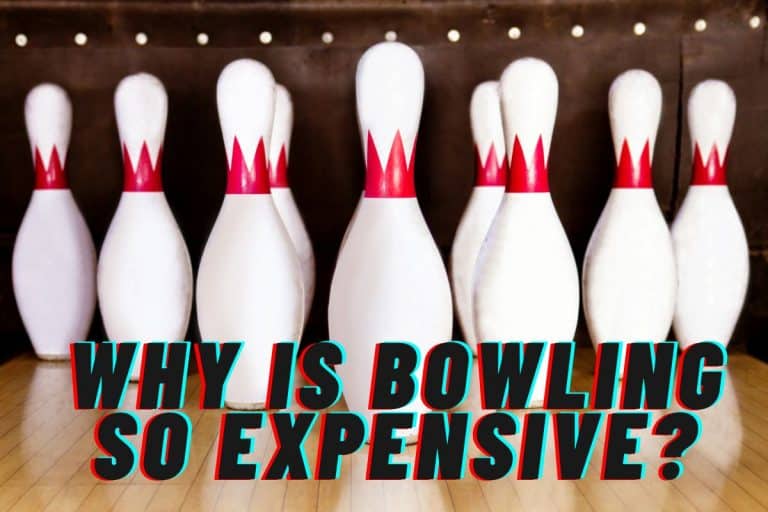Can you Bowl with Carpal Tunnel? Avoid Bowling Injuries
Carpal tunnel is a condition that affects wrists. Suppose you’re wondering whether or not it's possible for someone suffering from carpal tunnel to continue playing their favourite sport without any issues. Keep reading.
Are you a bowling enthusiast who loves to hit the alleys but struggle with carpal tunnel syndrome? Don't let this painful condition put an end to your sporty pursuits. We're here to reveal whether or not it's possible to bowl with carpal tunnel and how you can do it without aggravating your symptoms. So, read on as we unravel the secrets of safe and enjoyable bowling for people suffering from carpal tunnel syndrome.
What Is a Carpal Tunnel?
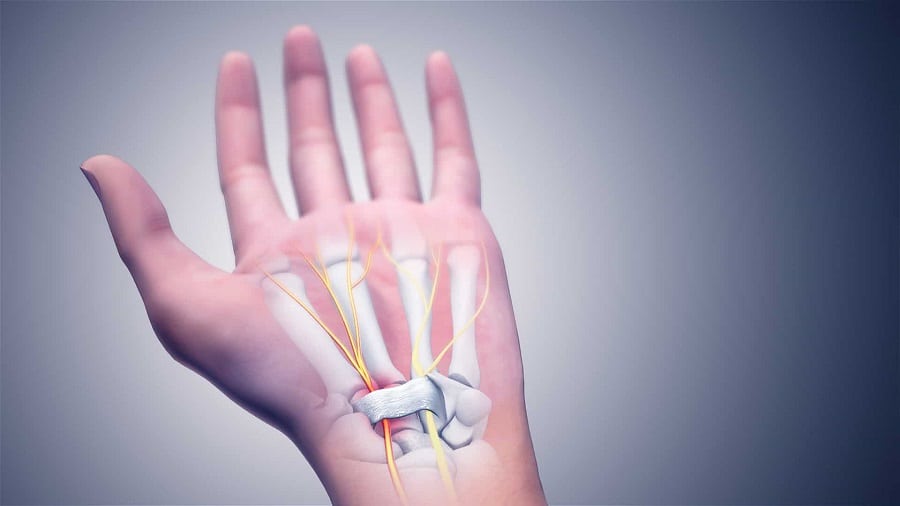
A carpal tunnel is a small passageway in the wrist that protects the median nerve. The median nerve is responsible for sensation in the thumb and first three fingers. The carpal tunnel also contains tendons that help move the fingers.
Carpal tunnel syndrome (CTS) occurs when the median nerve becomes compressed as it travels through the carpal tunnel. This compression can cause tingling, numbness, and weakness in the hand and fingers. CTS is a common condition that affects office workers, assembly line workers, and others who perform repetitive hand movements.
Can You Bowl With Carpal Tunnel?
Yes, you can bowl with carpal tunnel syndrome. Bowling is a great way to stay active and relieve stress, but it's essential to bowl with the right equipment to avoid exacerbating your condition. A properly sized bowling ball is critical to proper form and avoiding injury. If you have carpal tunnel syndrome, choose a ball that is not too heavy or light. You should be able to hold the ball comfortably without straining your wrist.
Warming up before your bowl is also essential. Stretch your arms and wrists to loosen the muscles and tendons around the carpal tunnel. This will help reduce your risk of pain or injury while bowling. Also, take breaks often to rest your hands and wrists from the repetitive bowling motions.
How to Treat Carpal Tunnel?

The carpal tunnel is a condition that can present significant challenges for anyone, especially when trying to enjoy hobbies or activities that were once easy. For example, many people who suffer from carpal tunnel find that bowling is much more difficult, if not impossible. While carpal tunnel can be painful and limit your ability to use your hands, there are many ways to treat the condition.
- One way to ease symptoms is to wear a splint at night. This helps keep your wrist neutral and takes the pressure off the median nerve.
- You can also try stretching exercises and over-the-counter pain relievers.
- A physical therapist can help strengthen the muscles and tendons in the wrist and hand, which can help take some pressure off the median nerve. They can also teach you exercises and stretches at home to help keep the pain at bay.
- Acupuncture is another excellent option for treating carpal tunnel. Studies have shown that acupuncture can effectively reduce pain and inflammation associated with carpal tunnel. This may be worth considering if you seek an alternative treatment option.
- Surgery is typically considered a last resort for treating carpal tunnel, but it may sometimes be necessary. If conservative treatments like physical therapy and acupuncture don’t provide relief, your doctor may recommend surgery to release the pressure on the median nerve. This is usually a very successful procedure, but it does require some recovery time afterward.
Is Bowling Bad for You if You Have a Carpal Tunnel?
Bowling is a popular recreational activity that people of all ages can enjoy. However, some people with CTS may wonder if bowling is bad for them.
If you have mild symptoms, you can bowl without any problems. However, if your symptoms are more severe, it may be painful to bowl or grip the ball. In this case, it would be best to avoid bowling until your symptoms improve.
What Symptoms Should a Bowler Monitor?
If you have carpal tunnel, you may notice pain, tingling, and numbness in your hand and wrist. These symptoms can make it difficult to grip the bowling ball and may cause you to drop it more often. You may also find that your hand feels weak or clumsy when you try to bowl. If you experience any of these symptoms, it is essential to see a doctor so that they can diagnose and treat your condition.
When Can I Bowl Again After a Carpal Tunnel?
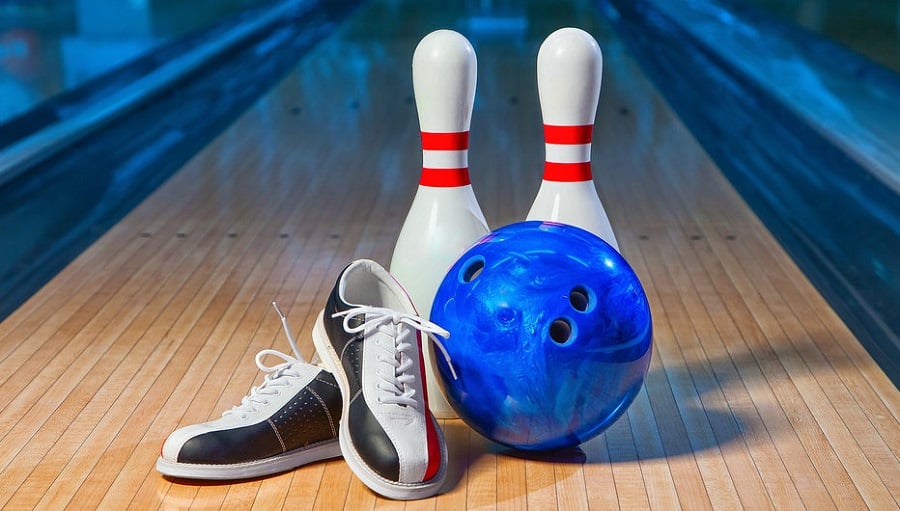
If you have carpal tunnel, you may wonder when you can bowl again. The good news is that you can usually bowl within a few months after your surgery. However, it is essential to take it easy at first and not try to bowl too much. Start with a light ball and gradually increase the weight as your strength improves.
You may also need to make some adjustments to your grip and release. Your doctor or therapist can help you find the best way to hold and release the ball for your situation. With proper care and treatment, most people with carpal tunnel can return to their normal activities, including bowling, within a few months.
What Are the Risks of Bowling Again if I Don’t Get Carpal Tunnel Treatment?
If you are experiencing carpal tunnel symptoms and return to bowling without treatment, you risk further damage to the Median nerve. It can cause permanent numbness, tingling, and weakness in your hand and wrist. In severe cases, untreated carpal tunnel syndrome can lead to grip strength and dexterity loss. If you are a competitive bowler, returning to the lanes without treatment may put you at a disadvantage against your opponents.
How Do You Prevent Carpal Tunnel While Bowling?
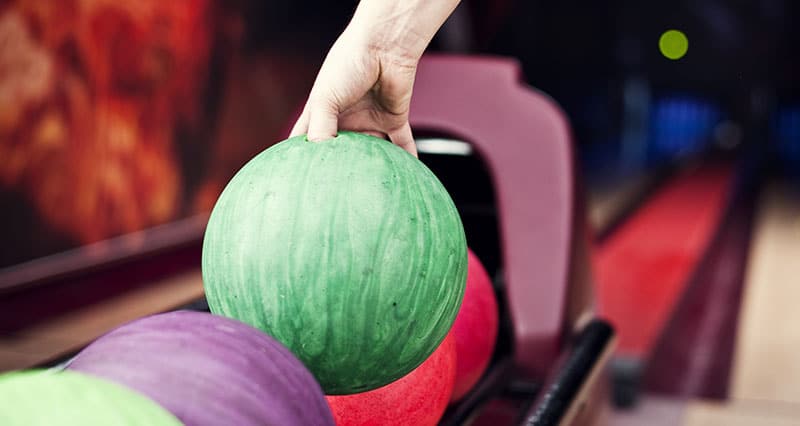
The carpal tunnel is a condition that repetitive motions of the wrist and hand can cause. Bowling is a sport that involves repetitive movements of the wrist and hand, so it is possible to develop carpal tunnel while bowling. There are several things you can do to prevent carpal tunnel while bowling:
- Use a lighter ball. A lighter ball puts less strain on the wrist and hand, which can help to prevent carpal tunnel.
- Take breaks. Don't bowl for hours on end without taking a break. Taking frequent breaks will give your wrists and hands a chance to rest, which can help to prevent carpal tunnel.
- Use proper form. You are using good form when bowling can help to reduce the risk of developing carpal tunnel. Ensure you keep your wrists and hands aligned with your arms when you bowl, and avoid excessive twisting or bending of the wrists and hands.
- Stretch your wrists and hands. Stretching the muscles and tendons in your wrists and hands can help to prevent carpal tunnel syndrome. Be sure to stretch before and after you bowl and during breaks.
Conclusion
Many activities can help ease the symptoms of carpal tunnel, but bowling is not one of them. The repetitive motions required to bowl can aggravate the condition. If you're looking for a fun way to stay active while dealing with carpal tunnel, try another activity like swimming or biking.
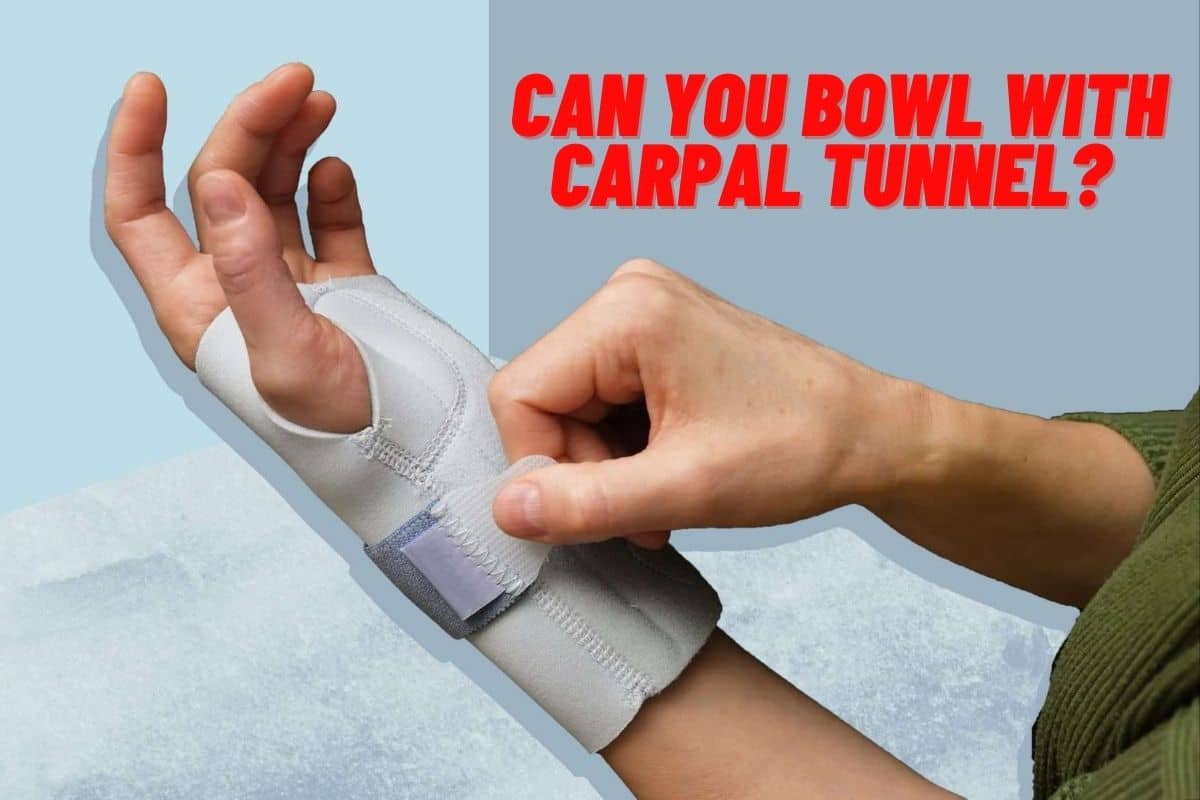

![What Do Bowling Alleys Spray in Shoes? [Prevent Foot Fungus!!!]](https://www.bowlingknowledge.com/wp-content/uploads/2023/01/What-Do-Bowling-Alleys-Spray-in-Shoes-768x512.jpg)
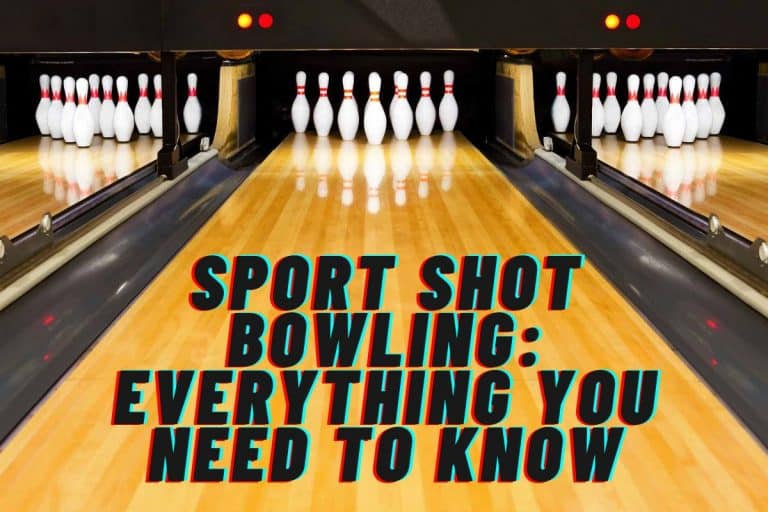
![What Is Inside a Bowling Ball? [Filler & Weight Block]](https://www.bowlingknowledge.com/wp-content/uploads/2023/02/What-Is-Inside-a-Bowling-Ball-768x512.jpg)
![Can you Bowl while pregnant? [Is It Safe?]](https://www.bowlingknowledge.com/wp-content/uploads/2023/01/Can-you-Bowl-while-pregnant-768x512.jpg)
